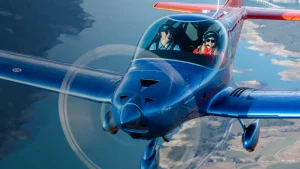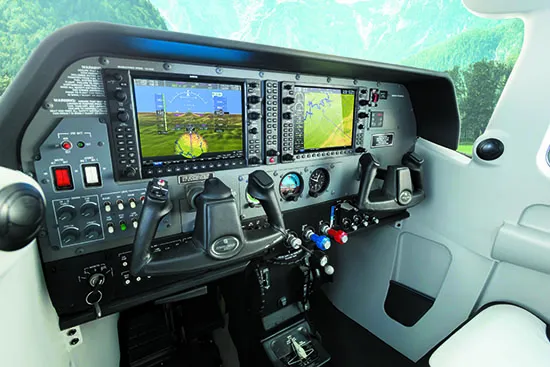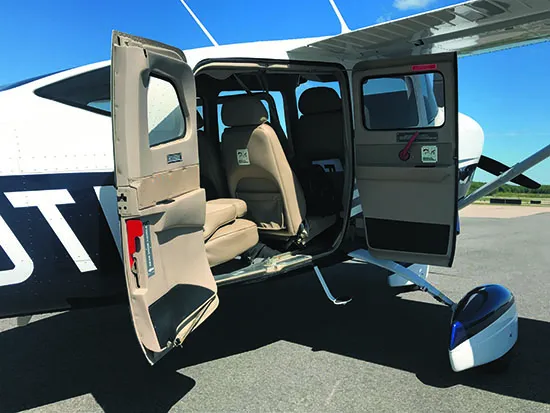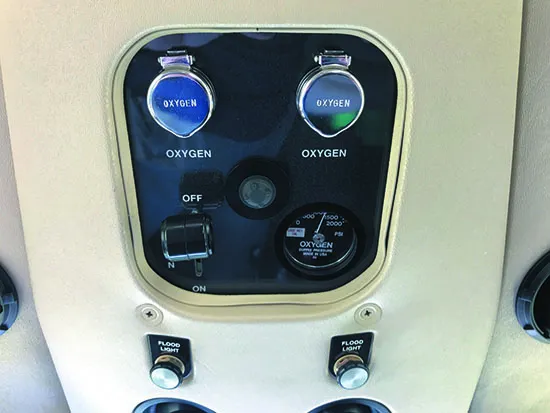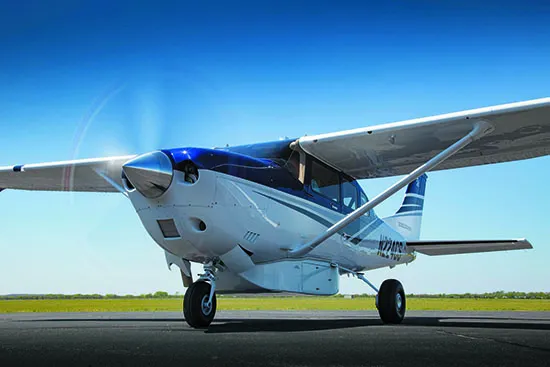In 1967, the U model got a takeoff-weight boost and a new engine, the 300-HP Continental IO-520-F, while the P model kept the 285-HP O-520-A. Turbocharging became available on both variants in 1966, with a 285-HP Continental TSIO-520-C. The P206 was discontinued in 1970, with a total production run of 647. The remaining U206 and TU206 were offered with either a utility or passenger interior, and renamed Stationair.
A stretch of the fuselage brought into being the 207 Skywagon in 1969, powered by the 300-HP IO-520-F. One more seat was added, bringing the number available to seven. Useful load went up by about 30 pounds. An additional bonus was a nose baggage compartment, easing the task of getting the CG in the proper place during loading. The turbo model of the 207 was powered by a TSIO-520-G, also with 300 HP.
Camber-lift wings, which feature a slightly cuffed leading edge, were added in 1972. These improved low-speed handling at almost no cost to cruise speeds. At the same time, the baggage compartment got a 7-inch stretch. An aerodynamic cleanup in 1975 boosted cruise speed by about 6 MPH. The cleanup included more-streamlined wheel pants and improved cowl flaps.
In 1977, the horsepower of the turbo engine was upped to 310 (for takeoff only) on both the TU206 and the T207. A wet-wing fuel system was introduced in 1979.
In 1980, another seat was added to the back row of the 207, making it an eight-place airplane. This created the Stationair 8, but the Cessna designator remained Model 207. The world would have to wait for the Caravan to see a Model 208 and what may be the ultimate evolution of the high-wing, strut-braced single. The 207 was discontinued in 1984, and the 206 two years later. It was a great run.
Along the way, 206s saw several suffixes added, starting with the 206A in 1966 and culminating, temporarily, with the 206G in 1986. More than 7000, by serial number, U206s had entered the market, along with 647 P206s, the 577 aforementioned 205s and another 788 207s.
But then a funny thing happened: In the mid-1990s, Cessna started making piston-powered airplanes again. After starting up assembly lines for the 172 and 182, the Model 206 returned in 1998 as the 206H, powered not by a Continental IO-520 but by a normally aspirated 300-HP Lycoming IO-540-AC1A. It was joined by the T206H, powered by a turbocharged 310-HP Lycoming TIO-540-AJ1A.
Cessna stopped production of the normally aspirated 206 somewhere around 2013, but has kept going with the T206H and in 2022 is selling them for we’ll north of $700,000. Unlike the Continental-powered 206s, the H model is available with a five-place, club-seating option.
